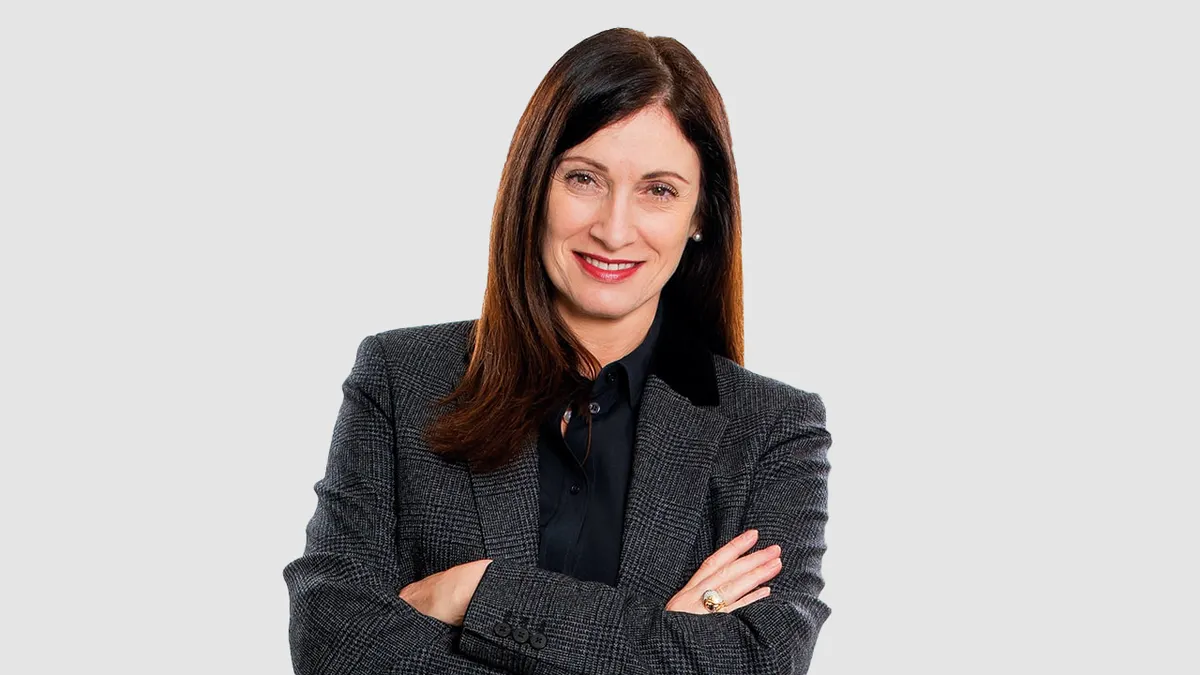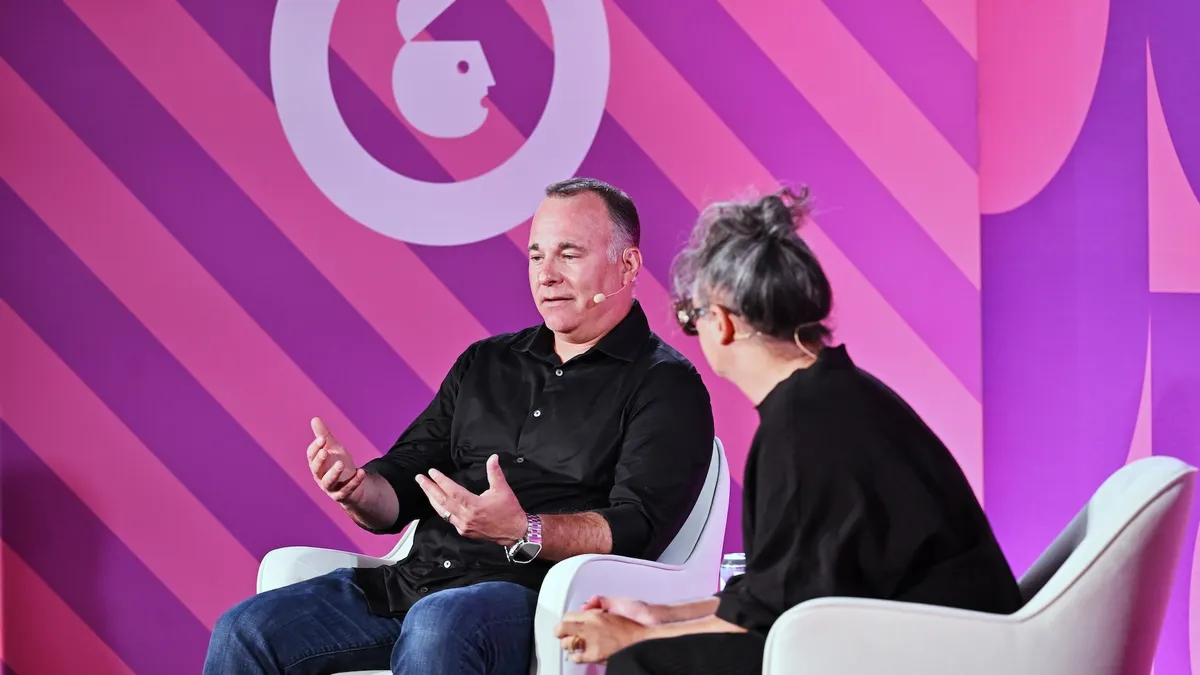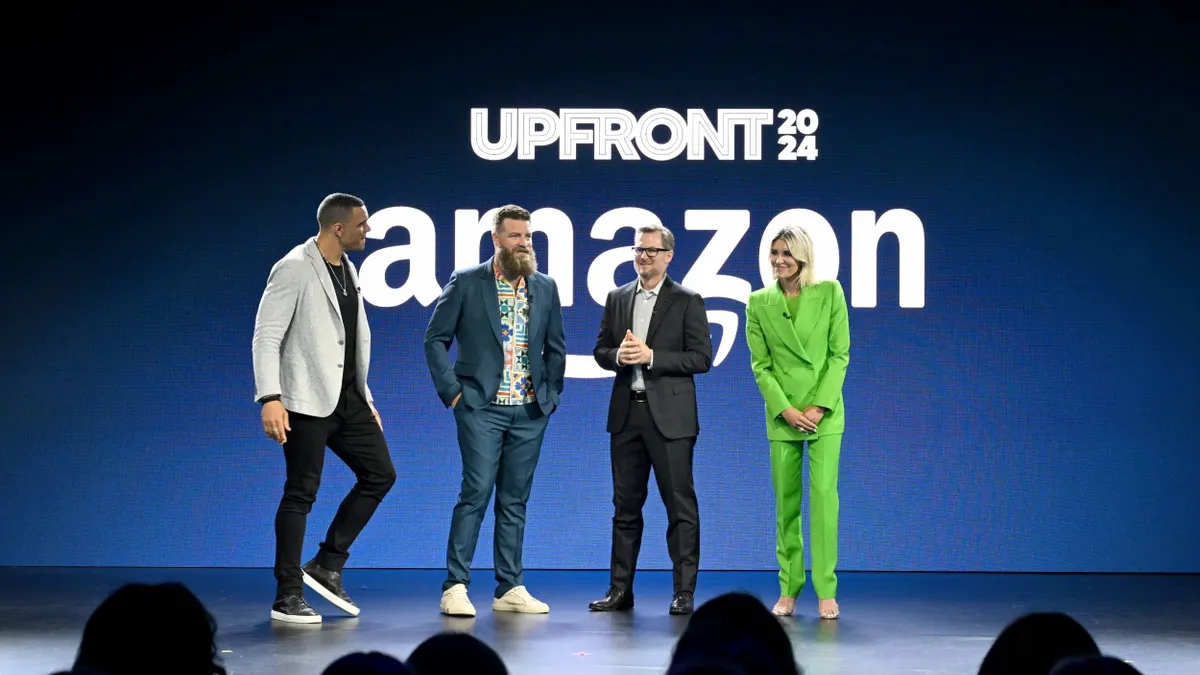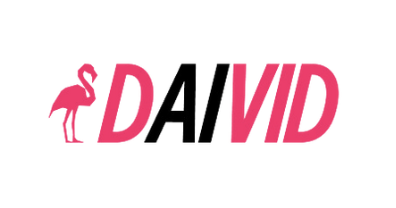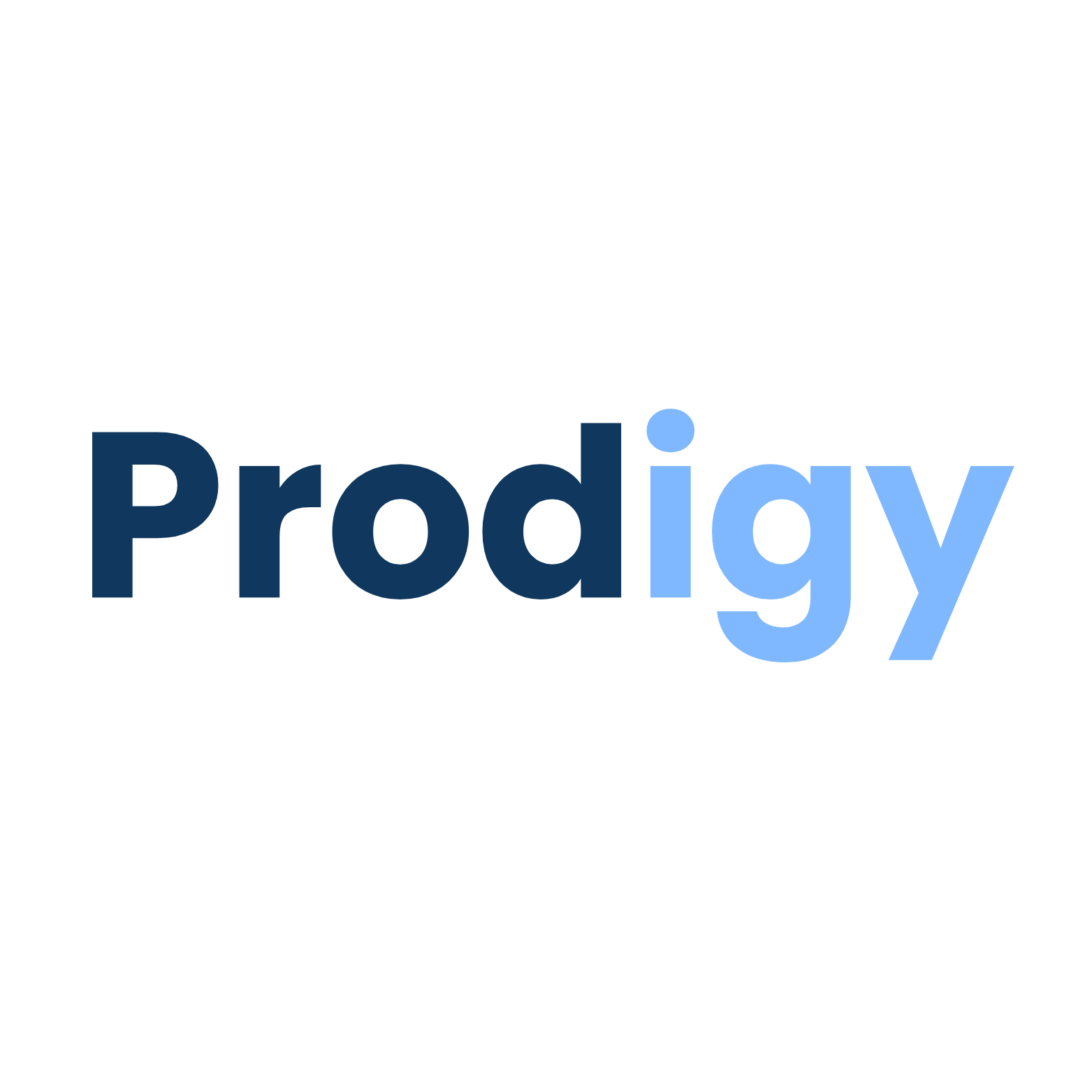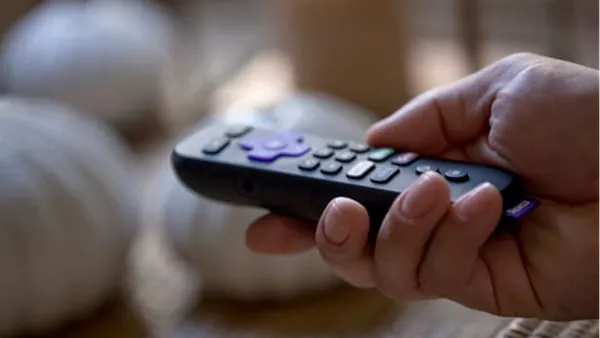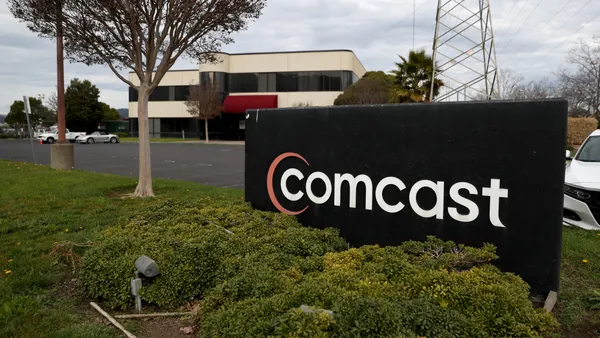WPP’s new CEO Cindy Rose did not mince words when assessing the ad-holding group’s financial standing during a presentation with investors last week.
“Our recent performance has not been acceptable,” said Rose in brief remarks at the top of the earnings call. This was the first quarterly trading update headed by the former Microsoft executive since she took the reins at the agency network on Sept. 1, replacing Mark Read.
The advertising giant saw revenue less pass-through costs, an important measure of agency health, fall 5.9% on a like-for-like (LFL) basis to 2.46 billion pounds, or about $3.2 billion, in Q3 — a worse slide than previously anticipated. The company again slashed its full-year guidance, with expectations for LFL growth in revenue less pass-through costs to decline between 5.5% and 6% in 2025 versus prior estimates of declines between 3% and 5%. That means WPP’s Q4 is shaping up for LFL declines between 7.5% and 9.5%, a poor showing for a typically busy period that includes the holidays.
WPP’s global integrated agencies posted LFL losses of 6.2% in Q3, with media-investment arm WPP Media down 5.7% over the period. WPP Media, which has undergone executive shuffles and restructurings, continues to be dogged by large account losses that will sting in Q4. The media-investment arm formerly known as GroupM saw the Mars business and Coca-Cola’s media and data duties in North America go to rival Publicis Groupe earlier this year, two significant blows.
Compounding the lack of net-new business is “volatility in client budgets,” according to WPP CFO Joanne Wilson. While macroeconomic uncertainty stemming from tariffs isn’t rattling all categories or markets equally, the sectors that are hurting the most amplify pressures tied to client losses. Wilson further explained that growth headwinds from client losses will “sustain into 2026 at a broadly similar level as we have seen in 2025.”
To stanch some of the bleeding, WPP is focused on expanding its scope of work with existing clients and is “encouraged by an increasing level of recent activity in the new business pipeline,” Wilson added. WPP is also vying for greater simplification and trying out some new marketing services models as part of its turnaround strategy.
The Ogilvy and VML owner in October unveiled WPP Open Pro, which allows brands to use WPP’s artificial intelligence (AI) solutions without needing to hire a specific agency. The self-service product is mostly targeted at small- and mid-sized marketers that typically can’t afford an integrated agency, which could open fresh revenue streams for WPP.
Investors asked several questions about Open Pro, including around pricing and whether it could “cannibalize” agency work, but executives emphasized that it’s still early days and that the offering is predominantly aimed at an SMB market WPP doesn’t currently serve in a meaningful capacity. The group last month also signed a five-year partnership extension pledging another $400 million to Google to leverage its AI tech.
“WPP has built differentiated data and AI capabilities that we've been investing in for the past several years,” said Rose, whose previous role at Microsoft was focused on the tech. “We’re in a strong position to lead the market and support our clients as they transform their marketing functions for the era of AI.”
Rose went on to say that there’s “never been a better time to be in marketing,” with AI poised to deliver a modern golden age for the industry. The question remains as to whether WPP can land the execution with clients to better compete with its peers.



